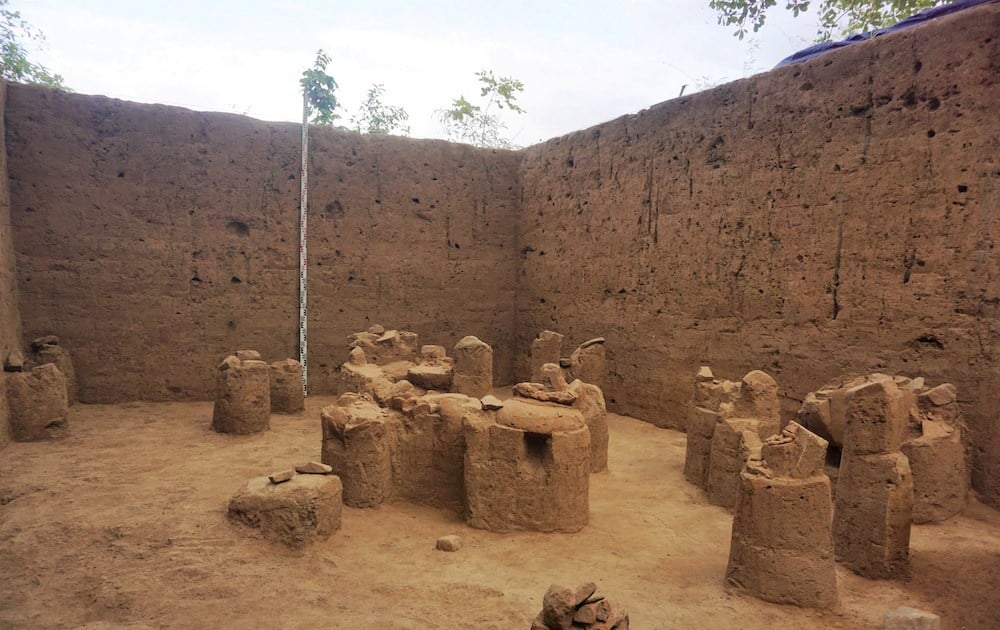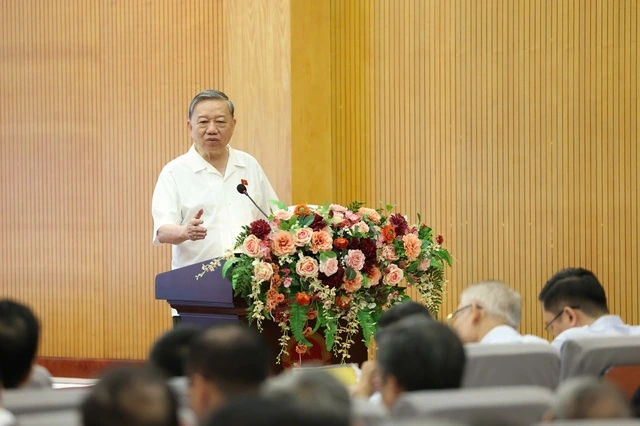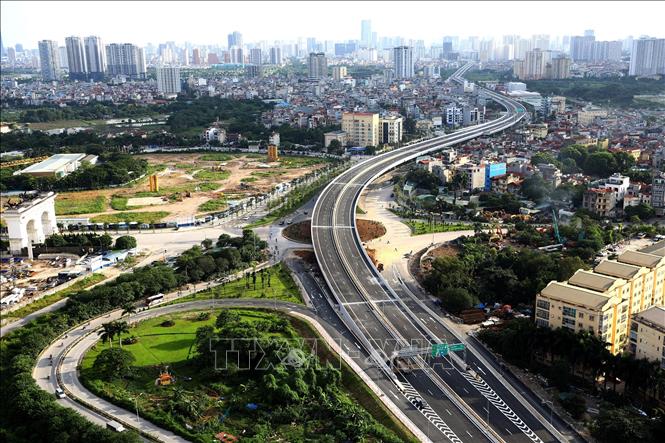Previously, multimedia journalism was a new and strange concept, but now it has become so familiar that reporters have to update themselves to keep up with the trend.

Forced to change
In the 1990s of the last century, when information technology was still in its infancy, each administrative agency had several computers, except for those operating in the information technology field. At that time, Binh Thuan Newspaper had about 4-5 computers serving the publication of the only printed newspaper. Reporters had no other equipment except a pen, a notebook, and a film camera. They wrote articles on paper with photos developed from the film, sent them to the department head, the editorial office to edit, retype, and lay out the pages for publication.

By the early 2000s – 2010s, information technology had made further progress, many reporters wrote articles on computers, especially young reporters. Some veteran reporters were not familiar with the keyboard, but later caught up with the trend when Binh Thuan Newspaper established an electronic news site, then converted it into an electronic newspaper.
Since then, information technology has developed strongly, changing both the quantity and quality of many areas of life. "The world is at your fingertips", billionaire Bill Gates said about the world-shaking power of digital technology. Press agencies, including Binh Thuan Newspaper, have shifted to multimedia journalism. With a newsroom that converges many types of journalism such as: Newspaper, electronic newspaper, media, clips...

In such a working environment, reporters are forced to change their working methods to meet the requirements of the editorial office. Accordingly, in addition to cameras and computers - important and indispensable equipment for journalists, they must also be equipped with laptops, touch phones, etc. to facilitate their work. "Reporters now have better conditions than before, with many convenient devices that serve their work well... They can write articles anywhere and have many information channels to discover topics. Especially social networks - a channel to receive citizen information that directly reflects all aspects of life with real images and language...", a former reporter shared.
In addition, reporters can participate in writing articles for many types of newspapers such as: printed newspapers, electronic newspapers, magazines... With electronic newspapers, they can send works with clips to illustrate the articles. Along with that, those who work in newspaper publishing quietly and easily use the news and articles of reporters, if they do not use printed newspapers, they can flexibly switch to electronic newspapers...
Need to be updated actively
Despite the working environment, many reporters have not yet fully developed their abilities in the current digital transformation of journalism, especially provincial newspaper reporters. Specifically, electronic newspapers - the main form of journalism today, integrate many of the means of information transmission: text; still and moving images; graphics, sound, video... but some reporters only stop at writing articles, taking photos to send to the editorial office. Resident reporters of central newspapers do better, they do not only stop at writing news and articles, many also take on filming, editing and editing press products. In particular, when the press is on the "race" of information with social networks, readers tend to read short, skim quickly and are impressed with beautiful images, forcing each reporter to explore and improve their capacity and expertise...
Entering the digital age, electronic devices are connected to each other, thereby greatly supporting reporters during their work, especially when working in difficult areas and unfavorable weather conditions. Digital technology has brought many advantages but also requires each reporter to be proficient and grasp the trends so as not to fall behind or be slow compared to colleagues and other newspapers.
“In the media industry, there will be plenty of jobs for journalists,” says “Someone still has to gather the news and organize it into a digestible, useful program. But new media services will require journalists to have a broader range of skills. While some journalists may focus on writing as they do now, they will have to show a richer appreciation for images, charts, graphs, and even audio-visual devices that can complement their reporting.”
Source


![[Photo] President Luong Cuong receives UN Deputy Secretary General Amina J.Mohammed](https://vstatic.vietnam.vn/vietnam/resource/IMAGE/2025/4/17/72781800ee294eeb8df59db53e80159f)
![[Photo] Prime Minister Pham Minh Chinh and Ethiopian Prime Minister visit Tran Quoc Pagoda](https://vstatic.vietnam.vn/vietnam/resource/IMAGE/2025/4/17/18ba6e1e73f94a618f5b5e9c1bd364a8)
![[Photo] President Luong Cuong receives Lao Prime Minister Sonexay Siphandone](https://vstatic.vietnam.vn/vietnam/resource/IMAGE/2025/4/17/337e313bae4b4961890fdf834d3fcdd5)
![[Photo] Hundred-year-old pine trees – an attractive destination for tourists in Gia Lai](https://vstatic.vietnam.vn/vietnam/resource/IMAGE/2025/4/17/25a0b7b629294f3f89350e263863d6a3)
![[Photo] President Luong Cuong receives Kenyan Defense Minister Soipan Tuya](https://vstatic.vietnam.vn/vietnam/resource/IMAGE/2025/4/17/0e7a5185e8144d73af91e67e03567f41)
![[Photo] Warm meeting between the two First Ladies of the Prime Ministers of Vietnam and Ethiopia with visually impaired students of Nguyen Dinh Chieu School](https://vstatic.vietnam.vn/vietnam/resource/IMAGE/2025/4/17/b1a43ba73eb94fea89034e458154f7ae)


















































![[Video] Viettel officially puts into operation the largest submarine optical cable line in Vietnam](https://vstatic.vietnam.vn/vietnam/resource/IMAGE/2025/4/17/f19008c6010c4a538cc422cb791ca0a1)







































Comment (0)